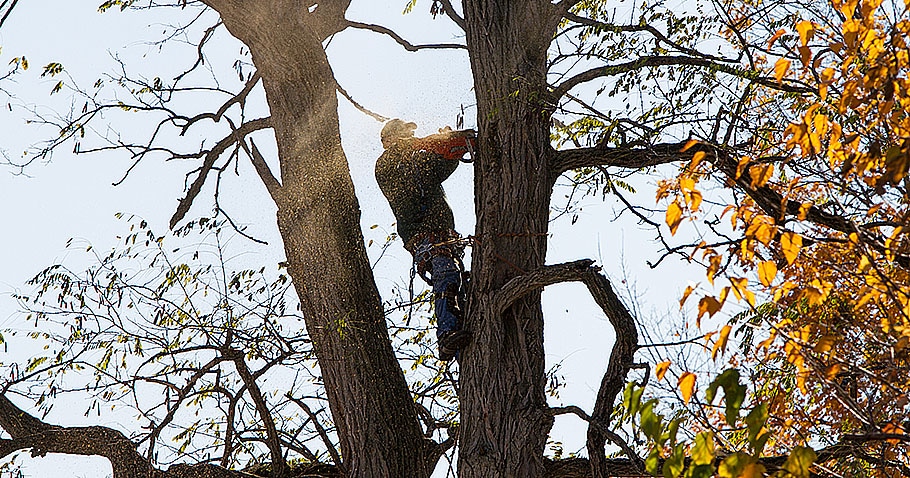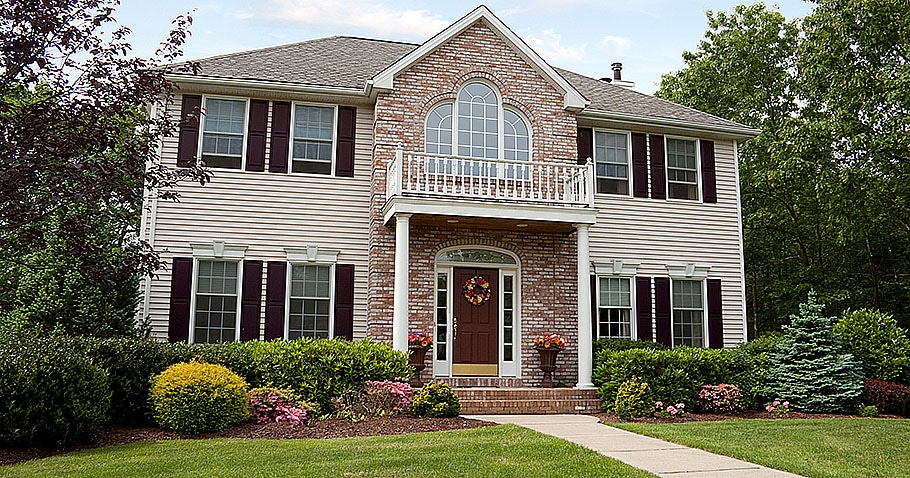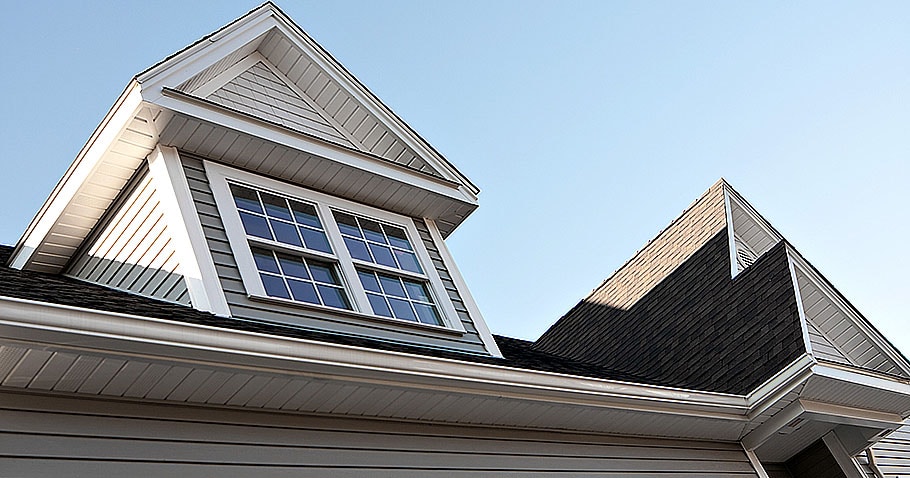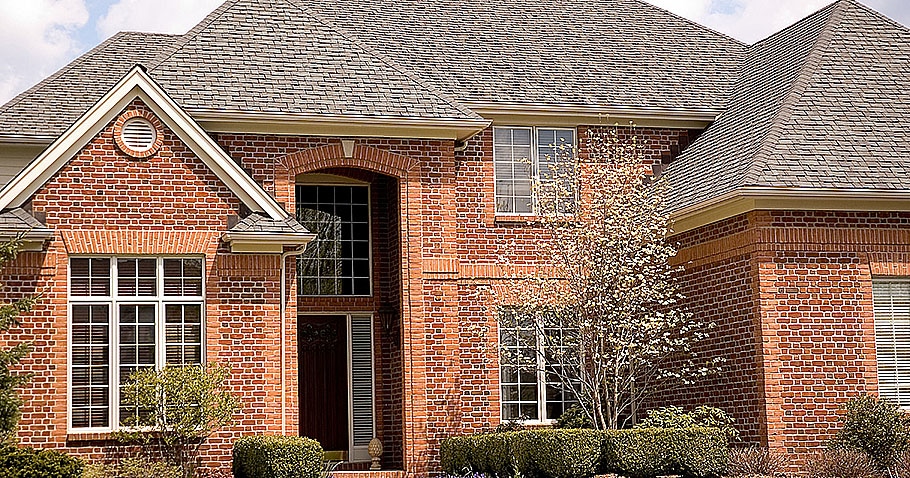Trimming a tree
Trimming of a tree or tree pruning is important not just for aesthetic reasons but also in the development of healthy trees. Trimming is not as simple as many of us would think because one needs to learn the basics before one begins otherwise we will end up hurting the tree.
WHY TRIMMING?
As per the United States Department of Agriculture, trees need to be trimmed for health, safety and aesthetic reasons. Pruning is done to remove lifeless branches, if growth of the tree can damage your property, it is a hindrance to pedestrians and other vehicles passing by and if twigs have fallen on the power lines.
WHEN TO TRIM?
According to the Department of Agriculture, it should be done once a year during the dormant season but in case of an unforeseen reason, then pruning can be done immediately. Spring or early summer is best time to prune trees but it also depends on the type of tree. For instance, oak trees should be trimmed in winter to prevent ‘bleeding’. When a tree is covered with a dense crown of leaves, it turns into sugar producing factory which is then converted into energy required for growth of the tree. Removing foliage through tree trimming can reduce the stored energy and affect its growth.
HOW MUCH TO BE TRIMMED?
Removal of living tissues from a tree depends on its size, age and species. Never remove too much foliage and small branches. Too much of thinning can reduce the sugar production of the tree. Mature trees need little pruning. Their pruning should be limited to removal of dead or diseased branches. A widely accepted rule of thumb is to never remove more than a quarter of leaves from a tree’s crown. Remember that a tree can recover faster from smaller wounds than a large pruning wound.
DIFFERENT METHODS OF TREE PRUNING
Cleaning: Remove dead, diseased, weak branches from the crown of a tree.
Thinning: Selected branches are removed to get more light and air movement. Thinning reduces the weight on limbs, removing of foliage will help in retaining the shape of a tree.
Raising: Removing of lower branches to avoid any hindrance to buildings, pedestrians and vehicles.
Reduction: The height of the tree is reduced for clearance of service lines.
Trimming large trees can be dangerous, especially if working above the ground level. It is better to hire a professional arborist to trim the trees. Do not use services of the company that advertise topping and usage of climbing spikes as these can damage the tree. Before hiring an arborist, check their certificates, insurance proof and reference list. An arborist will suggest tips for maintenance and when the trees need to be pruned the next time.








Comments